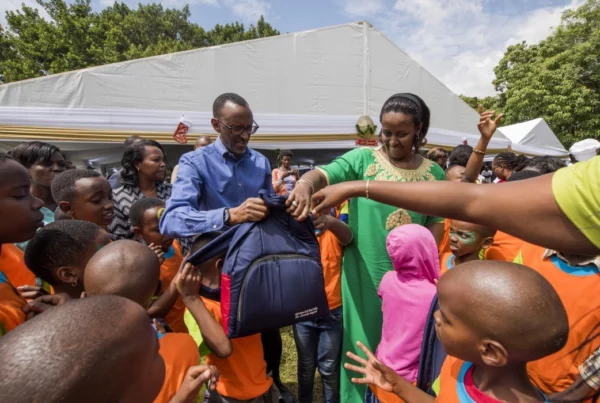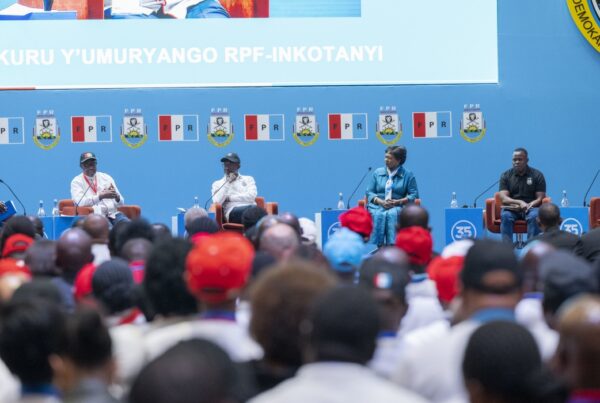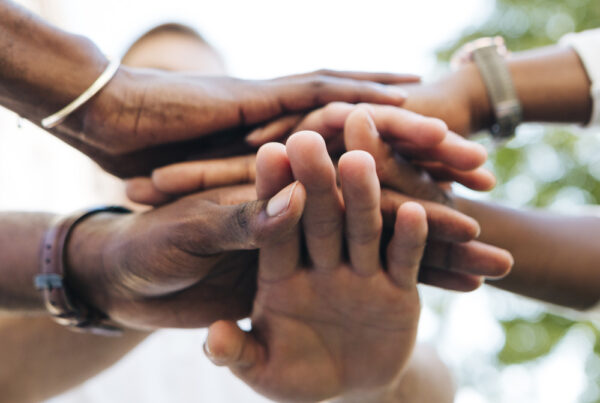May 20, 2022
We all remember how in 1994 Rwanda was in the deep of multiple existential threats. She hardly had any population. She had no institution or company, money, cultivated land, no economy at all. To outsiders, she had no hope of survival.
She’d been written off as a place capable of accommodating a viable state.
She was host to only a triumphant small group of liberators who’d plucked her out of the fangs of obliteration and now had their hands full, nursing a few survivors.
Besides, the liberators were calming a few Rwandans who’d escaped the dragnet of ex-FAR and Interahamwe forcing everybody to create a void. Another dragnet was a UN peacekeepers’ (UNAMIR) operation ring-fencing pockets of internally displaced persons (IDPs) camps that also lodged ex-FAR and Interahamwe. The peacekeepers seemed intent on scuttling any likely peace.
While the UNAMIR protected those pockets, there were hordes of foreign “Without Borders” charity organisations to cater to the IDPs’ wellbeing. Rescuers Without Borders, Feeders Without Borders, Doctors Without Borders, Reporters Without Borders, the ‘borderless’ lot.
Meanwhile, refugees long denied citizenship were coming in droves, uncertain of what awaited them; they’d so avidly longed for the preciousness of being ‘stateful’ again. Yet even with those full hands, the liberators settled them as comfortably as possible.
Just across the border, in Zaïre (DRC today), camped a large garrison of heavily armed ex-FAR and Interahamwe, training recruits as they received more heavy weaponry from a superpower. These, in turn, ring-fenced an even bigger number of refugees, holding them hostage, to use as a human shield but also prevent them from returning home.
Charity organisations were at hand in even bigger numbers to ensure the fugitives lacked for nothing: food, clothing, tent shelter, all. In fact, manna from heaven (cargo planes) fell in such large quantities that it inadvertently crushed heads of those it was destined for.
As this went on, the génocidaire-forces mounted incursions into Rwanda, as well as areas around the IDPs camps for those inside them, to resume their annihilation campaign.
What they hadn’t counted for was that the liberators were not ones for winking.
First, they cut through IDP-camps ring-fences, scattering the belligerents and freeing the IDPs to return home and resume their occupations. The charity organisations trooped to their counterparts in Zaïre.
But before all the organisations could say “Zaïre”, the liberators had dismantled the garrison there, scattering all génocidaires to liberate the refugees and set them on a homebound journey.
All Rwandans were now home. Not the hardliner génocidaires, though, who went roaming the earth, unlike their partners-in-crime who’d accepted responsibility and awaited courts’ judgement.
And now started the true process of liberation.
It’s a gamut of a process that’s still ongoing. To serve the vision of those liberators, now infused into all Rwandans, will take a long time and a pooling of all energies.
But let’s not jump the gun. By the time of the IDPs camps’ dismantling, a state and its governance had been put in place, working with partners and genuinely development-focused organisations to kick-start the economy. Institutions and companies were astir and citizens worked the land.
The Gacaca community court system was clearing thousands of genocide cases and re-establishing unity and reconciliation among victims and perpetrators. From unhygienic Nyakatsi habitation to hard roofs and walls, then to today’s expanding model villages that mean modern housing for the poor. From malnutrition to the Girinka programme that has meant a balanced diet for poor families.
Today we are talking good governance and quality institutions; social reforms that have meant improved equity; gender balance that turns the world’s heads. Competitive and effective banking sector; macro-economic stability; openness to domestic and foreign firms; a good business environment that has led to trade and investment opportunities; good transport and telecommunication infrastructure. Dedicated management of the environment.
Now we are talking sense, a far cry from the extermination nonsense evil forces willed on us then. It has all come about thanks to the steel will of our liberators who dared force the moment in 1994.
But no, says Ingabire Victoire in The Elephant, a little-known but respected Kenyan online magazine. It’s a platform that produces quality investigations and analyses. Beats me how Ingabire manages to side-blind it with her abusive outbursts there, shooting down all these good efforts by Rwanda with the usual western-media recycled conjectures.
Rwanda is poor, says she, yet the government is ready to accommodate asylum seekers from the UK. She forgets those already here from Libya and Afghanistan. She forgets, too, that the country goes out to liberate those facing terrorism in other countries, without soliciting a dime.
“I should recommend that charity start at home,” says she. Ingabire, this liberation drive whose head you’ve failed to cut with all your terrorist-formations’ attempts all this time is charity in its best form.
Did we mention the spread of health facilities countrywide? Recently she failed to contain herself and showered praises after prompt service for her sick kin!
Rwandans’ steel will to liberate those in distress will not go away, lady. So, to quote a sportsman, you’d better “kneel to the steel” of this governance’s will.



